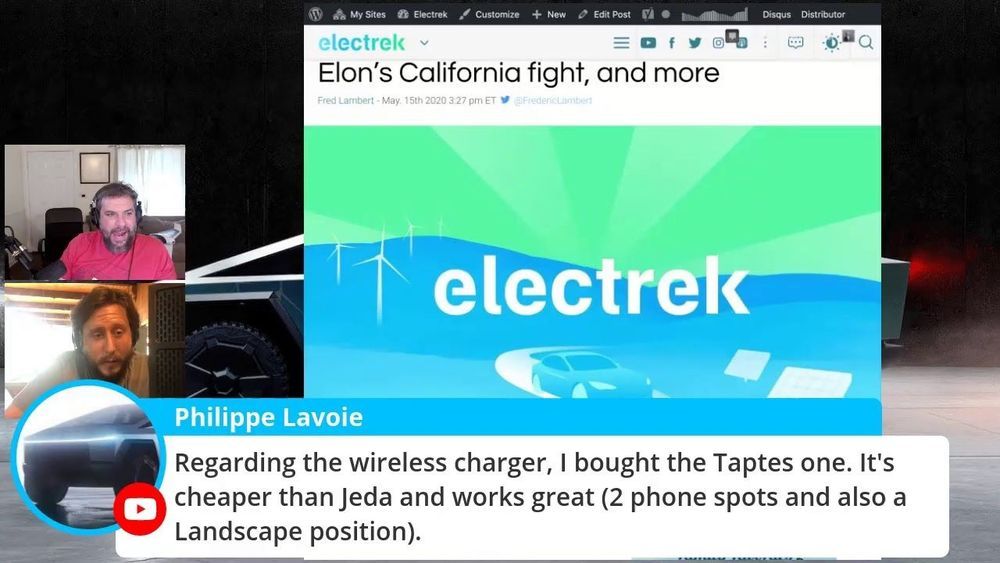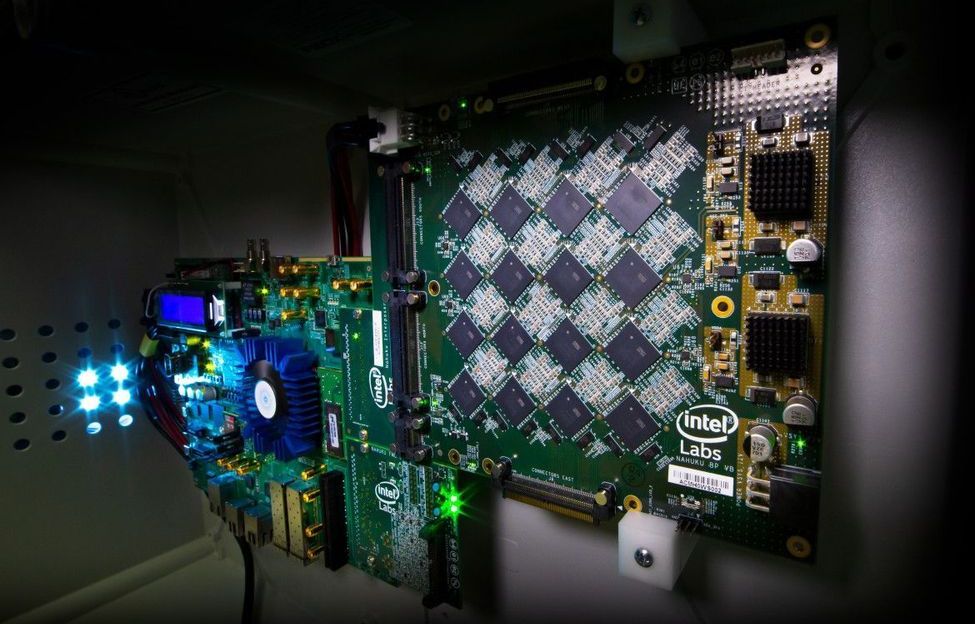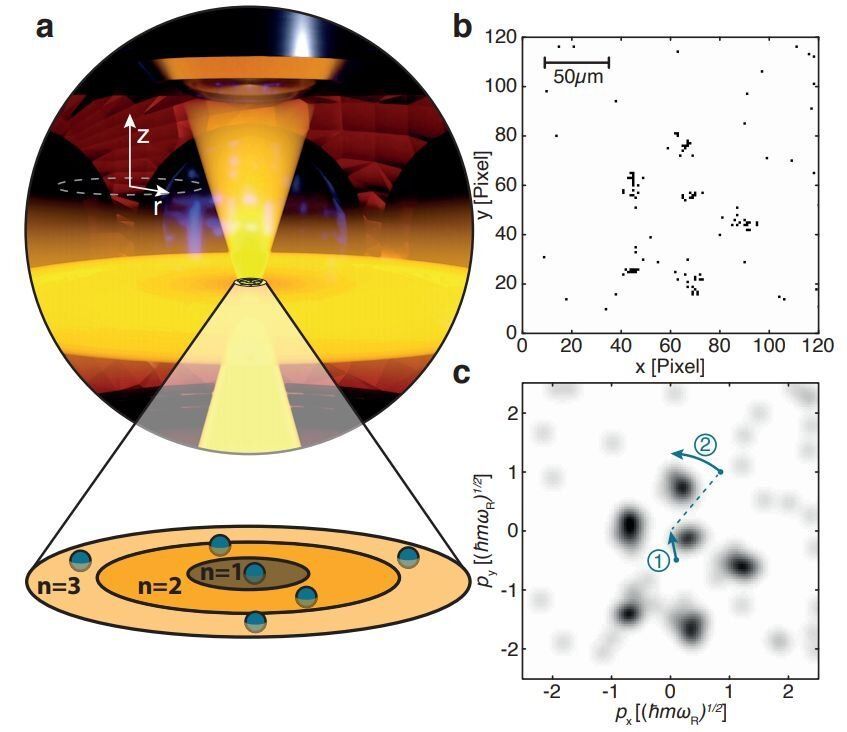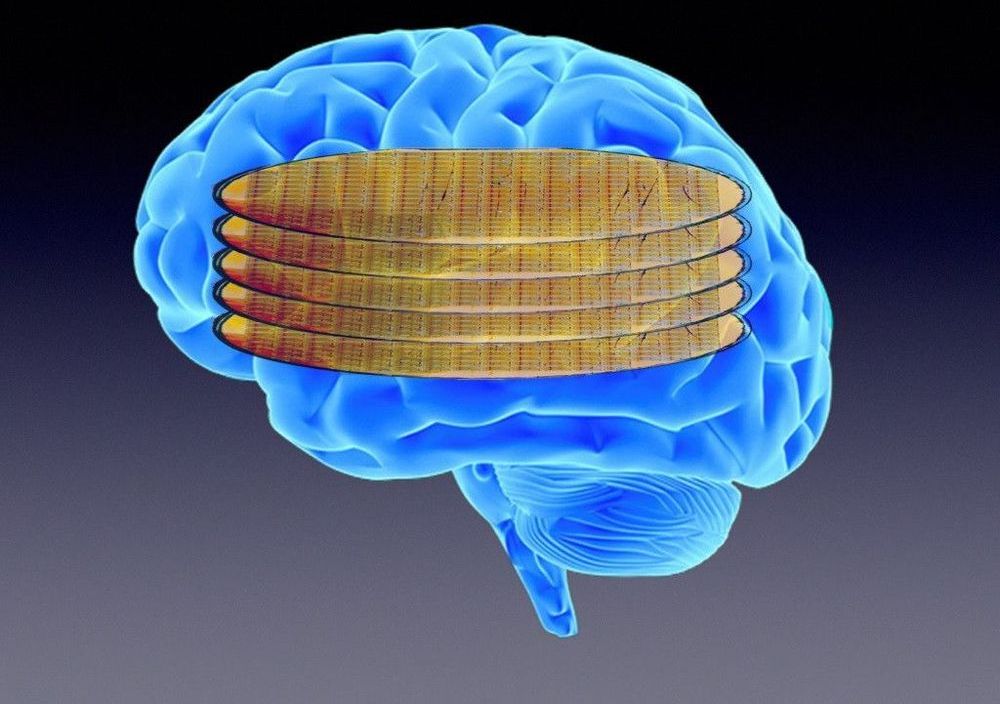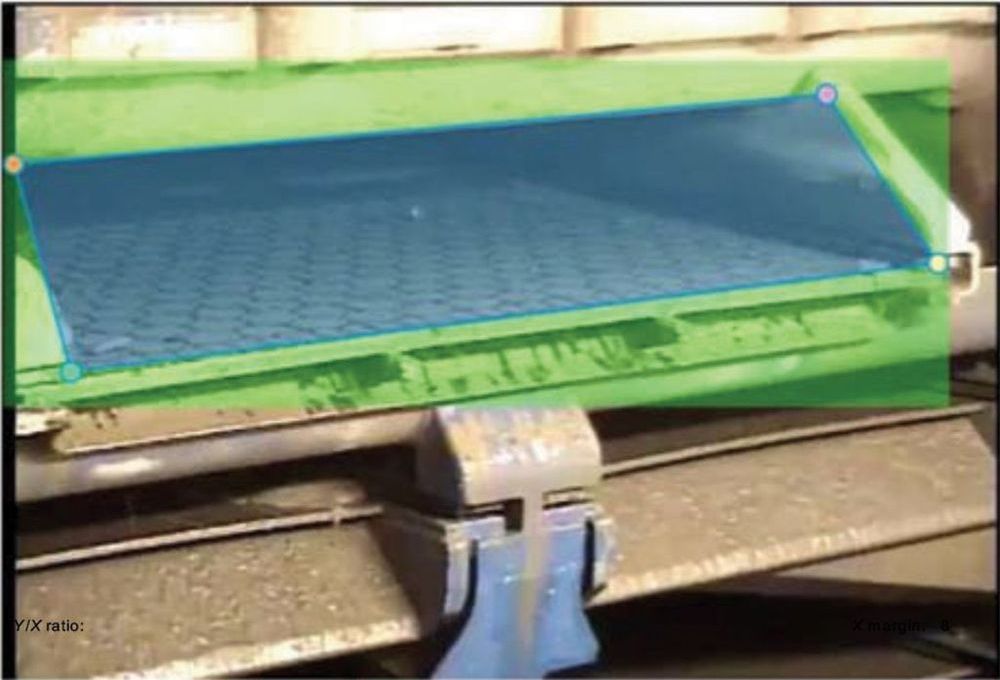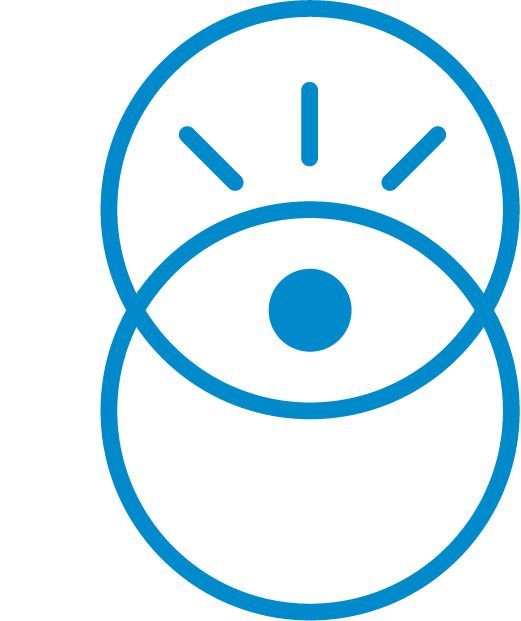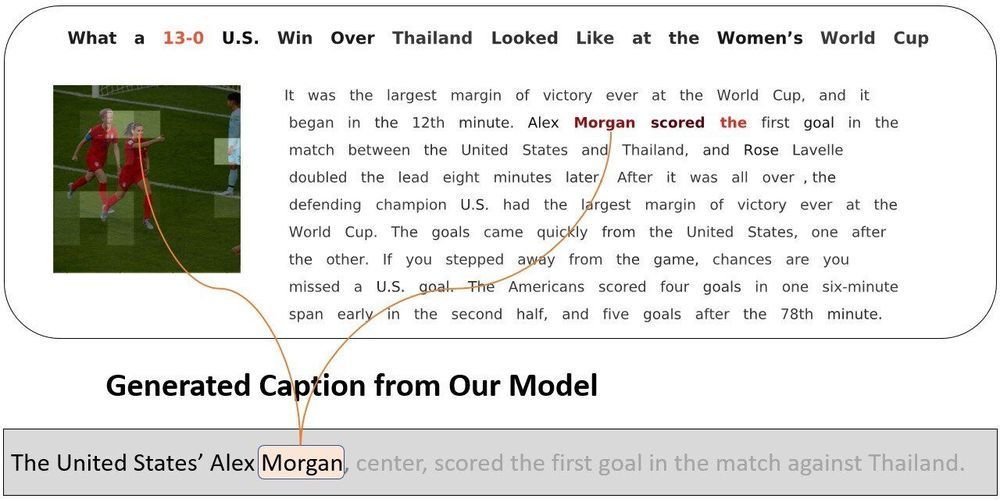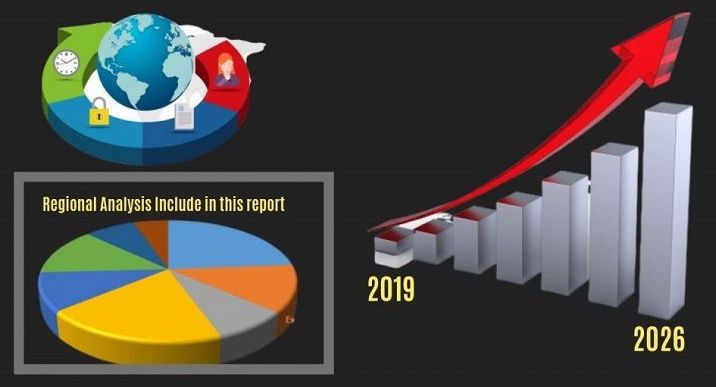
This study also analyzes the market status, market share, growth rate, future trends, market drivers, opportunities and challenges, risks and entry barriers, sales channels, distributors and Porter’s Five Forces Analysis. Neural Network Software market report all-inclusively estimates general market conditions, the growth prospects in the market, possible restrictions, significant industry trends, market size, market share, sales volume and future trends. The report starts by an introduction about the company profiling and a comprehensive review about the future events, sales strategies, Investments, business marketing strategy, future products, new geographical markets, customer actions or behaviors with the help of 100+ market data Tables, Pie Charts, Graphs & Figures spread through Pages for easy understanding. Neural Network Software market report has been designed by keeping in mind the customer requirements which assist them in increasing their return on investment (ROI and this research also provides a deep insight into the activities of key players such as Starmind, NeuralWare, Slagkryssaren AB, AND Corporation, Slashdot Media, XENON Systems Pty Ltd, Xilinx Inc and others. and others.
Get Full PDF Sample Copy of Report (Including Full TOC, List of Tables & Figures, Chart) at @ https://www.databridgemarketresearch.com/request-a-sample/?d…are-market
Global neural network software market is set to witness a healthy CAGR of 35.70% in the forecast period of 2019 to 2026.
